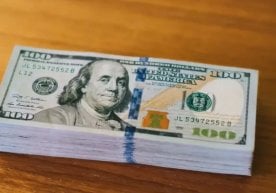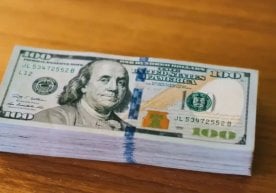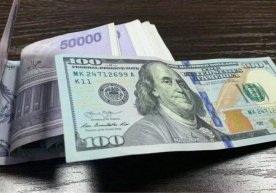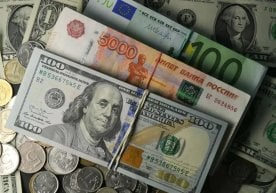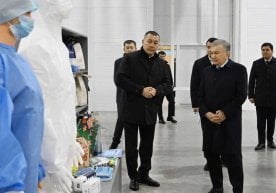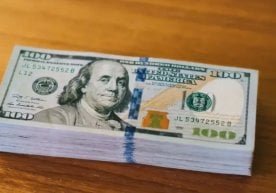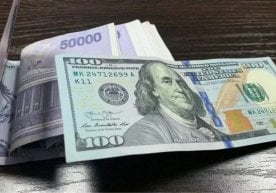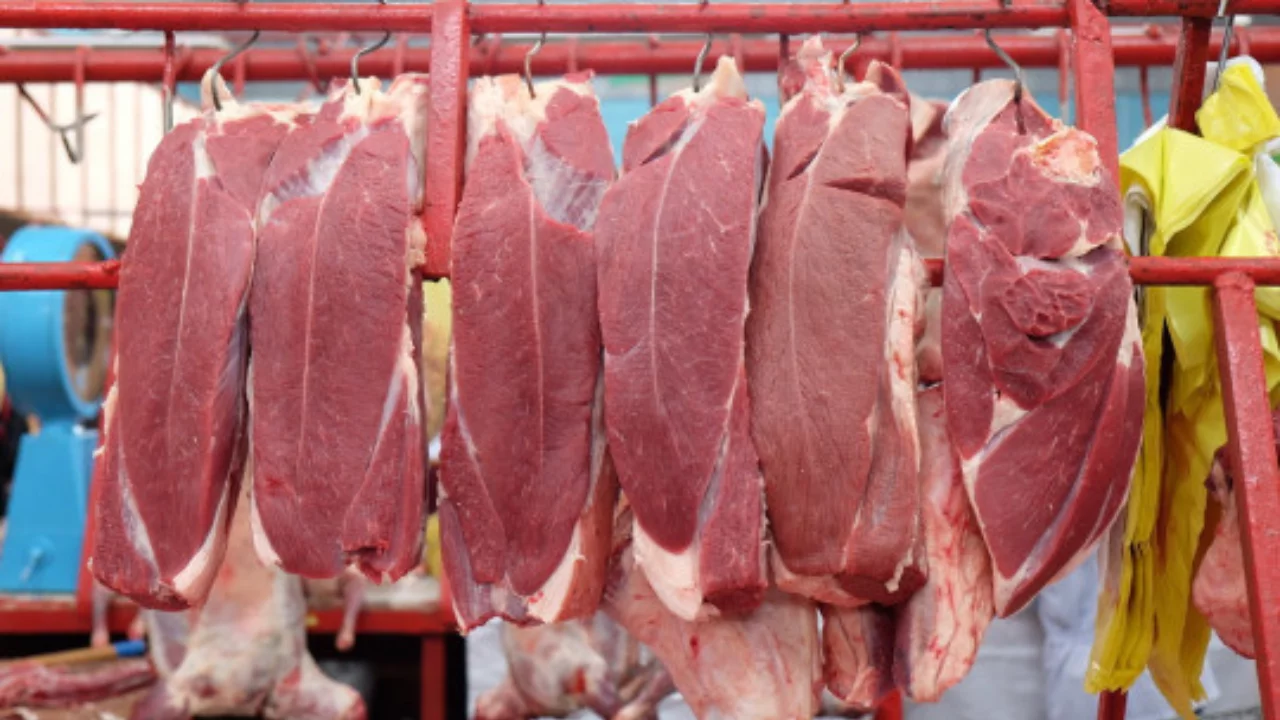
The average price of one kilogram of beef in the world reached $6.9 (about 88,000 soums) in September 2025, Tashkent Today reported. This is the highest figure observed since 1960. In Uzbekistan, meanwhile, meat prices have increased three times faster than the annual inflation rate.
Meat prices have been rising for four consecutive months. The annual growth has reached nearly 10%. The main reason is the long production cycle in livestock farming (about two years) and a decrease in meat production volumes. The following factors also play an important role:
• High production costs in meat production – 15,000 liters of water are used per kilogram.
• Feed shortages due to climate change and drought.
• Trade disputes and disruptions of supply chains.
• Rising fuel prices are increasing logistics costs.
• Spread of livestock diseases in Europe.
• Increased meat consumption after the pandemic.
Beef accounts for 24 percent of global meat consumption. It ranks third after chicken (33%) and pork (36%). Experts predict that meat prices may rise even more in the next 10–15 years, turning it into a “luxury product.”
In Uzbekistan, in September, the price of boneless beef increased by 25.2%, and bone-in meat by 23.2%. One of the reasons is the shortage of pastures relative to the number of livestock. Sowing wheat and cotton on lands previously used as pastures is exacerbating this problem.
A large part of meat production is in private farms. Due to changes in the prices of oilcake and bran, reduction of feed land, and some restrictions, the cost of raising livestock is increasing.
Against the background of rising domestic prices, import volumes have also grown. In September 2025, 14.1 thousand tons of beef were imported, with a total value of $62 million (792 billion soums). One kilogram of imported beef cost $4.38 (56,000 soums), which is 18% higher than last year.
Read “Zamin” on Telegram!Users of Меҳмон are not allowed to comment this publication.







